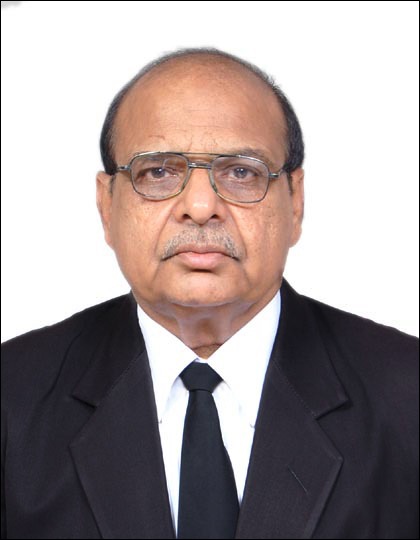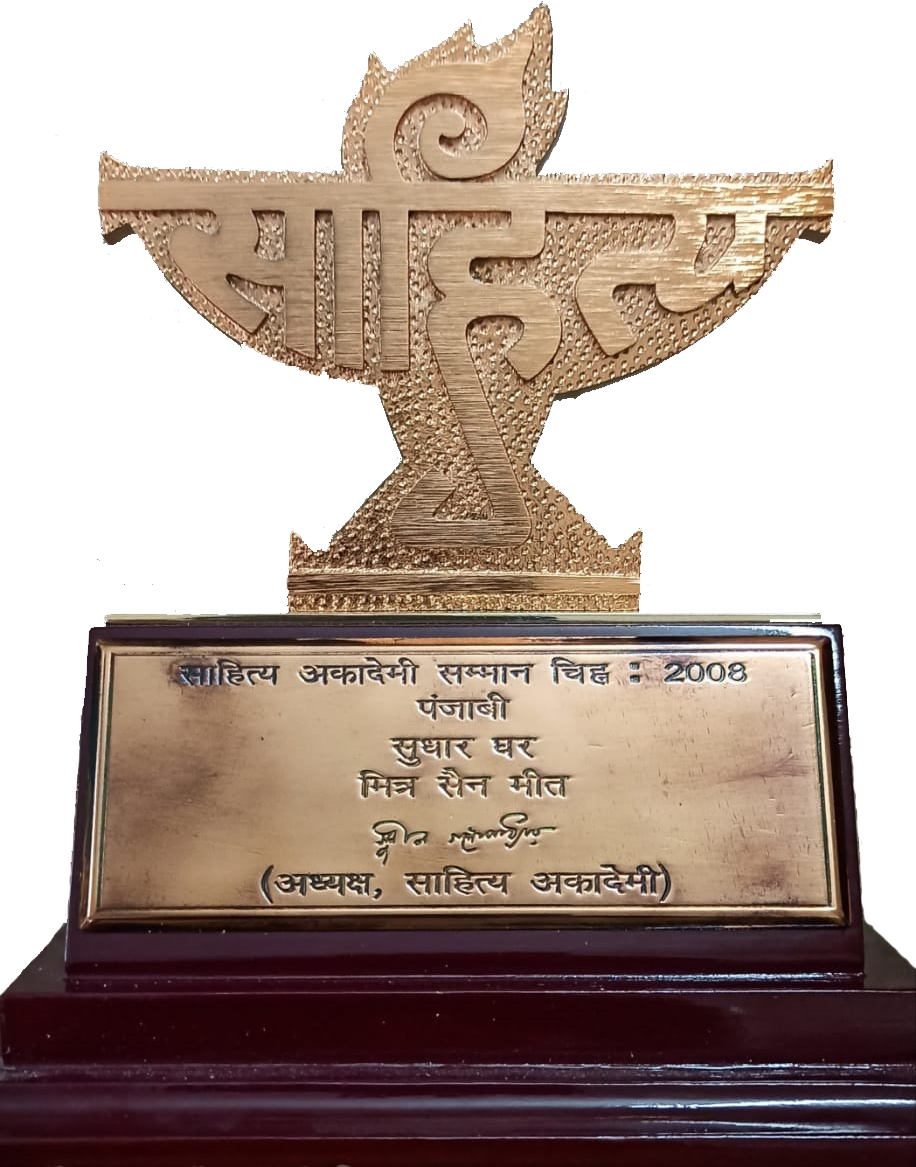ਦੋਸ਼ੀ ਦਾ ਬਿਆਨ(Statement of Accused)
(Section 313 Cr.PC.)
ਸਰਕਾਰੀ ਧਿਰ ਦੀ ਗਵਾਹੀ ਖਤਮ ਹੋਣ ਬਾਅਦ ਅਦਾਲਤ ਵੱਲੋਂ ਦੋਸ਼ੀ ਨੂੰ ਉਸ ਵਿਰੁੱਧ ਆਏ ਸਬੂਤਾਂ ਤੋਂ ਜਾਣੂ ਕਰਵਾਇਆ ਜਾਂਦਾ ਹੈ। ਨਾਲ ਹੀ ਉਸ ਤੋਂ ਮਿਸਲ ਤੇ ਆਈ ਗਵਾਹੀ ਬਾਰੇ ਉਸਦਾ ਪੱਖ ਅਤੇ ਸਪੱਸ਼ਟੀਕਰਣ ਜਾਣਿਆ ਜਾਂਦਾ ਹੈ। ਇਹ ਕਾਰਵਾਈ ਲਿਖਤੀ ਰੂਪ ਵਿੱਚ ਹੁੰਦੀ ਹੈ ਅਤੇ ਇਸਨੂੰ ‘ਦੋਸ਼ੀ ਦਾ ਬਿਆਨ’ ਆਖਿਆ ਜਾਂਦਾ ਹੈ।
1.ਜੇ ਧਾਰਾ 313 ਸੀ.ਆਰ.ਪੀ.ਸੀ. ਦੇ ਪ੍ਰਾਵਧਾਨਾਂ ਦੀ ਸਹੀ ਪਾਲਣਾ ਨਾ ਕੀਤੀ ਗਈ ਹੋਵੇ ਤਾਂ ਦੋਸ਼ੀ ਦੇ ਹਿਤਾਂ ਉੱਪਰ ਪ੍ਰਤੀਕੂਲ ਪ੍ਰਭਾਵ ਪੈਂਦਾ ਹੈ।
Case : Naga @ Nagarajan Vs State of Karnatka, 2003 Cri.LJ 754 (Karnataka – HC, DB)
Para “22. Where a total failure on the part of the trial Court to follow the mandates of law, it not only prejudices the accused but also the prosecution.”
2.ਦੋਸ਼ੀ ਦੇ ਬਿਆਨ ਦੀ ਪ੍ਰੋੜਤਾ ਜੇ ਮਿਸਲ ਤੇ ਆਈ ਹੋਰ ਸ਼ਹਾਦਤ ਤੋਂ ਹੁੰਦੀ ਹੋਵੇ ਤਾਂ ਦੋਸ਼ੀ ਨੂੰ ਉਸਦੇ ਬਿਆਨ ਦੇ ਅਧਾਰ ਤੇ ਸਜ਼ਾ ਹੋ ਸਕਦੀ ਹੈ।
Case (i) : Nishi Kant Jha v/s State of Bihar 1969 Cri.L.J. 671 (SC – Constitutional Bench)
Para “20. ….. “Where there is no other evidence to show affirmatively that any portion of the exculpatory element in the confession is false; the court must accept or reject the confession as a whole and cannot accept only the inculpatory element while rejecting the exculpatory element as inherently incredible. …..”
Case (ii) : Sampat Singh v/s State of Rajasthan 1969 Cri. L.J.1430 (SC)
“In our view, both Courts, on the facts, were justified in coming to the conclusion that the appellant had exceeded his right of private defence. Neither court had relied only on the statement of the appellant under Section 342 Criminal, Procedure Code to arrive at its finding. There was sufficient other evidence including the injury report and the testimony of Dr. Ojha to warrant the conclusion that the right of private defence had been exceeded and the appellant was rightly convicted under Section 304, Part II, I.P.C.”
3. ਜੇ ਧਾਰਾ 313 ਸੀ.ਆਰ.ਪੀ.ਸੀ. ਦੇ ਪ੍ਰਾਵਧਾਨਾਂ ਦੀ ਪਾਲਣਾ ਨਾ ਕੀਤੀ ਗਈ ਹੋਵੇ ਤਾਂ ਇਸਦਾ ਹੱਲ ਮੁਕੱਦਮੇ ਦੀ ਦੁਬਾਰਾ ਸੁਣਵਾਈ ਹੈ ਨਾ ਕਿ ਦੋਸ਼ੀ ਨੂੰ ਬਰੀ ਕਰਨਾ।
Case : Naga @ Nagarajan Vs State of Karnataka, 2003 Cri.L.J 754 (Karnatka – HC, DB)
Para “25. Thus, in our opinion, the accused/appellants are not entitled for acquittal on the ground of non compliance of mandatory provisions of Section 313, Cr.P.C. We agree to some extent that the accused are prejudiced in this case as they were convicted by the learned Sessions Judge without following the mandatory provisions of Section 313, Cr.P.C. We are not satisfied with the mode adopted by the learned Sessions Judge while recording the statements of the accused/appellants and also the slipshod way of writing the judgment without considering the entire evidence on record. The judgment is vitiated not only for non-compliance of mandatory provisions of Section 313, Cr.P.C. But also suffers for want of application of mind and the judgment is rendered without reference to the evidence on record. We disagree with the contentions raised by the learned Counsel for the appellants. It is a fit case which requires retrial from the stage of recording of statement under Section 313, Cr.P.C.”
4. ਜੇ ਦੋਸ਼ੀ ਦੇ ਬਿਆਨ ਵਿੱਚ ਕੋਈ ਗਲਤੀ ਹੋਵੇ ਤਾਂ ਉਸਨੂੰ ਅਪੀਲ ਸੁਣ ਰਹੀ ਅਦਾਲਤ (ਐਪੀਲੇਟ) ਕੋਰਟ ਸੋਧ ਸਕਦੀ ਹੈ।
Case : Rambhau & another v/s State of Maharashtra, 2001 CRI. L. J. 2343 (SC)
Para “12. It is not a defect incurable in nature but a mere irregularity which the High Court thought it fit to cure, as such we do not find any material objection to such a method as stands adopted by the High Court. The irregularity has been cured. ”
5. ਦੋਸ਼ੀ ਦੇ ਟਾਲਵੇਂ (evasive) ਉੱਤਰਾਂ ਤੋਂ ਅਦਾਲਤ ਦੋਸ਼ੀ ਦੇ ਉਲਟ (adverse inference) ਸਿੱਟੇ ਕੱਢ ਸਕਦੀ ਹੈ।
Case : Jibhau Vishnu Wagh v/s State of Maharashtra, 1996 Cri. L.J. 803 (Bombay – HC)
Para “13. An evasive answer by the accused in his Statement under Section 313 of Cr. P.C. is also a circumstance which can go against him in a criminal case. There should have been some explanation from the side of the appellant as to how he got the injury on his penis and human blood on his pant. The failure on his part to offer the same is also a circumstance, which goes against him.”
6. ਅਦਾਲਤ ਦੋਸ਼ੀ ਦੇ ਬਿਆਨ ਦੇ ਇੱਕ ਹਿੱਸੇ ਦੀ ਵਰਤੋਂ ਉਸਦੇ ਵਿਰੁੱਧ ਪ੍ਰਤੀਕੂਲ ਸਿੱਟੇ ਕੱਢਣ ਲਈ ਕਰ ਸਕਦੀ ਹੈ।
Case : Sidhartha Vashisht @ Manu Sharma v/s State (NCT of Delhi) 2010 (2) RCR (Cri.) 692 (SC)
Para “125. ….. While answer given by the accused to question put under Section 313 of the Code are not per se evidence because, firstly, it is not on oath and, secondly, the other party i.e., the prosecution does not get an opportunity to cross-examine the accused, it is nevertheless subject to consideration by the Court to the limited extent of drawing an adverse inference against such accused for any false answers voluntarily offered by him and to provide an additional/missing link in the chain of circumstances. The judgment relied upon is of no use to the defence since the same pertains to a period where the law did not allow the accused to step into the 202 witness box as a witness of his own innocence.”
7. ਦੋਸ਼ੀ ਦੇ ਬਿਆਨ ਵਿੱਚ, ਉਸ ਵਿਰੁੱਧ ਭੁਗਤੀ ਸਾਰੀ ਗਵਾਹੀ ਦੀ ਥਾਂ, ਕੇਵਲ ਹਾਲਾਤ ਦਰਜ ਕਰਨੇ ਹੀ ਕਾਫੀ ਹਨ।
Case : Sidhartha Vashisht @ Manu Sharma v/s State (NCT of Delhi) 2010 (2) RCR (Cri.) 692 (SC)
Para “126. Regarding the contention that evidence of each witness must be put to the accused, it must be clarified that only the circumstances need to be put and not the entire testimony. It is apt to quote the following decision of this Court i.e., State of Punjab vs. Swaran Singh, (2005) 6 SCC 101 at page 104:
“ 127) Further it is not necessary that the entire prosecution evidence need to be put to the accused and answers elicited from him/even if an omission to bring to the attention of the accused an inculpatory material has occurred that ipso facto does not vitiate the proceedings, the accused has to show failure of justice as held in Swaran Singh (supra) and followed in Harender Nath 205 Chakraborty vs. State of West Bengal, (2009) 2 SCC 758.”
8. ਧਾਰਾ 319 ਸੀ.ਆਰ.ਪੀ.ਸੀ. ਦੇ ਪ੍ਰਾਵਧਾਨ ਅਦਾਲਤ ਨੂੰ ਕੇਵਲ ਅਧਿਕਾਰ ਪ੍ਰਦਾਨ (eਨaਬਲਨਿਗ) ਕਰਦੇ ਹਨ। ਇਹਨਾਂ ਦਾ ਕਾਰਜ ਖੇਤਰ ਸੀਮਿਤ ਹੈ। ਇਸ ਧਾਰਾ ਦੇ ਪ੍ਰਾਵਧਾਨਾਂ ਦੀ ਵਰਤੋਂ ਉਸ ਸਮੇਂ ਹੀ ਕੀਤੀ ਜਾ ਸਕਦੀ ਹੈ ਜਦੋਂ ਦੋਸ਼ੀ ਵਿਰੁੱਧ ਸ਼ਹਾਦਤ ਮਿਸਲ ਉੱਪਰ ਆ ਚੁੱਕੀ ਹੋਵੇ।
Case : Kishun Singh Vs. State of Bihar 1993 Cri.L.J. 1700(1) (SC)
Para “12. ….. The sweep (scope) of S. 319 is, therefore, limited, in that, it is an enabling provision which can be invoked only if evidence surfaces in the course of an inquiry or a trial disclosing the complicity of a person or persons other than the person or persons already arraigned before it…….”







More Stories
ਮੁਕੱਦਮਿਆਂ ਦੀ ਸੁਣਵਾਈ(Trial of cases)
ਕਿਸੇ ਵਿਅਕਤੀ ਨੂੰ ਮੁਕੱਦਮੇ ਵਿੱਚ ਦੋਸ਼ੀ ਬਣਾਉਣਾ( Arraigning a person as accused)
ਧਾਰਾ 195 ਦੀ ਮਨਾਹੀ (Prohibition of Section 195)